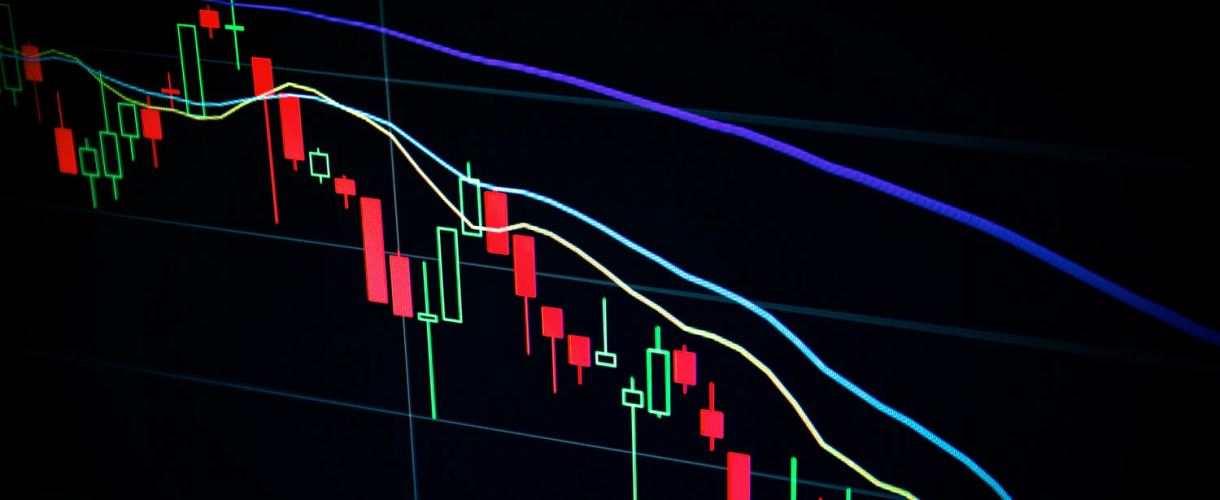
Futures Trading – Is It For You?
What is the Futures Market and why would anyone want to trade it?
Wikipedia’s response is: A Futures Market is a financial exchange where people can trade Futures Contracts.Well, what is a Futures Contract? A Futures Contract is a legally binding agreement to buy specified quantities of commodities or financial instruments at a specified price with delivery set at a specified time in the future.
It is important to emphasize the word Contract. The first important difference between the Futures Market and, say, the Stock Market is that the Futures Market trades contracts, not shares of stock. You are not buying and selling a share (or piece) of a company. A Futures Contract is an www.tripsite.co.uk between investors to trade a specific quantity of a commodity or financial instrument, for example, gallons of gas or tons of wheat.
It is fairly simple to see how commodities work. An airline, for example, agrees to purchase 100,000 gallons of fuel for their planes at the current market price, but does not take delivery until sometime in the future.
That was why Southwest Airlines made money when the price of fuel was $140/barrel and other airlines had none. They had negotiated Futures Contracts with several oil companies years earlier when the price of oil was less expensive, and waited for delivery until 2007-2008. When the price of oil is cheap again, they’ll be buying Futures Contracts for delivery in 2011/2012.
That’s all well and good, you say, but that’s not really using a trading system with trading strategies, that negotiating.
For every Futures Contract, there is a degree of risk. Futures Contracts leverage risk against the value of the underlying asset.
Southwest acquired risk. If the price of crude fell below the price they paid, they paid more than they had to. Simultaneously, they reduced risk because they thought that the price of oil would go higher than their contract price. In their case, the leverage was profitable.
Now look at the oil companies. They reduced risk, believing crude oil prices would fall below the contract price they negotiated with Southwest. They acquired risk because the price of oil rose higher than the contract (thereby losing additional revenue they could have earned). In this case, their leverage was not as good as it might have been.
Here’s where you stop and say, I’m not Southwest Airlines. I’m an individual day trader. I don’t want to buy 100,000 gallons of crude. How can I trade Futures?
The Chicago Mercantile Exchange (CME), where the majority of Futures contracts are traded, realized that individual investors want to trade Futures just like major institutions; individual traders want to leverage their risk as well. They also understand that small investors will not risk millions of dollars on gallons of gas contracts or tons of wheat. Therefore, the CME decided to create an investment environment that would entice individual investors to trade Futures.
Remember, as small investor, you have lots of exchanges available to you for your trading day. You can invest in large cap stocks on the NYSE, tech stocks with the NASDAQ, ETFs – AMEX, and options at the CBOT. To entice investors to trade Futures, the CME created an exchange that made other exchanges pale in comparison.
First off, the CME created emini Futures designed specifically for individual investors. The e in emini means that they are traded electronically. You’ll have a trading platform right on your desktop where your trades go to the CME. The mini means that the contract is a smaller version of the exact same contract that the larger institutions trade.
The most popular CME emini is the S&P500. This contract is based upon the S&P500 index that represents the top 500 stocks in the NYSE. The S&P500 index is price-weighted, so some of the stocks have more weight or “importance” than others. (larger companies can move the value of the index higher or lower).
And you believed that trading Futures was just for commodities like corn, wheat, rice, crude oil.
Imagine for a moment that you could trade all the top 500 stocks at the same time. That would leverage risk. If one or two stocks did no perform well that afternoon, you would still have 498 other stocks to trade. No need to pick any specific stock. No reason to spend hours and hours doing research on stocks either. Why? Because you are trading all of them. Of course, it would cost a fortune to be able to trade 500 stocks at one time. Well, buying and selling S&P500 emini Futures Contracts is just like trading all 500 stocks at once, for a fraction of the cost.
How did the CME entice a day trader to trade emini Futures? Look at the advantages of trading emini Futures Contracts. You’ll see why many professional day traders gave up other exchanges…
1) The S&P500 emini contract is very liquid, meaning that it has lots of volume, and lots of action. Lots of volume means you can enter and exit quickly, in as little as 1 second. When trading first began in 1997, this contract’s trading volume averaged 7,000 contracts / day. Today, it is not uncommon to see 3-4 million contracts daily.
2) This a a completely electronic environment. The CME does not have Market Makers who could refuse to fill your trade like the NYSE. The CME book is FIFO, first in first out. That makes trading on the CME a level playing field for all investors, no matter if you are trading 1 contract or 100.
3) Commission for emini Futures is based upon a Round Trip instead of in-and-out.
4) The distinction between the Bid price (the highest price that a buyer will pay for a contract) and the Ask price (the lowest price that a seller will sell a contract for) is just one Tick on the CME. (The minimum price movement is known as a Tick. The S&P500 trades in 25 cent increments. 1 Tick = 25 cents. 4 ticks = 1 point. Pay out is a bit different… if you gain 1 tick in your trade, the reward is $12.50, with 4 ticks = $50. Compare a 1 tick – Bid / Ask difference without Market Makers with trading NYSE securities where the difference between the Bid and Ask can be significant, especially if quoted by a Market Maker who makes his living on the spread difference.)
5) Trading emini’s means that you are only watching 1 chart, the same chart, every day, day in and day out. Wouldn’t you become a really hot trader if you only had to watch 1 chart? Stock traders usually watch a basket of stocks at once, flipping charts back and forth for fear of missing some price action.
6) Basically, there is no research to do every evening. Remember, you are trading all “500 stocks” at the same time. You don’t need to research this stock and that stock, worrying about pre-announcements, whisper numbers, quarterly reporting, and accounting minefields.
7) Option traders must be able to correctly trade 4 conditions in order to have consistent trading success: underlying price, strike price, volatility, and time decay. Option traders may be right and yet lose on their trade because time was not their friend and the option expired worthless before they could make a profit. Futures traders are only concerned about 2 conditions: an advancing market or a declining market. Time decay is not a problem for Futures traders.


